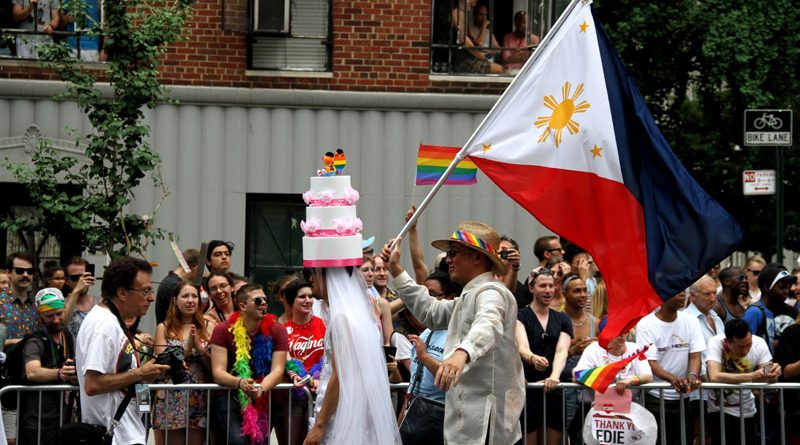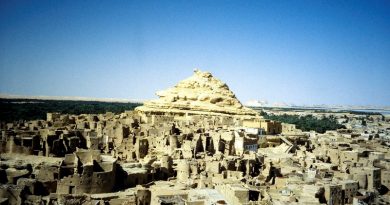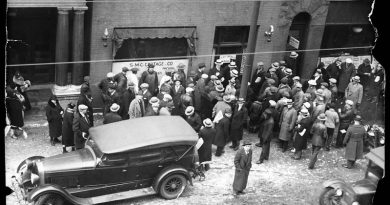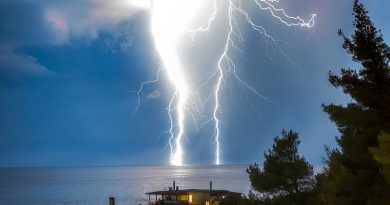How Did the Phillipines Become an American Colony
Iloilo, the capital of Panay, is famous as the last capital of the Spanish Empire in Asia. Its grandeur is now faded but at the turn of the century it was the Country’s second city.
After three centuries of rule, the Filipino people were tiring of Spanish control. By 1886. there was widespread discontent surrounding the lack of education and investment in infrastructure,. It was felt that the Filipino people were being exploited and kept illiterate and poor while the Spanish profited.
There had been a number of small revolts in the past but none had been successful. During the 19th century, an educated Filipino middle class emerged and with it a desire for Philippine independence.
By the 1880s many sons of the wealthy were sent to Europe to study. There, nationalism and a passion for reform blossomed in the liberal atmosphere. Dr. José Rizal quickly emerged as the leading Propagandist. Andres Bonifacio, a self-educated warehouse clerk, organized a secret revolutionary society, the Katipunan, in Manila. Membership grew to an estimated 100,000 by August 1896, when the Spaniards discovered its existence. Bonifacio immediately issued a call for armed rebellion. The Spanish then arrested, exiled or executed anyone they thought was responsible for riling up the Filipino people.
Revolts broke out in Manila and there followed months of fighting. In the end neither side managed to gain a significant advantage and a truce was called. The Spanish agreed to reforms and Bonifacio agreed to put down his weapons and take exile in Hong Kong.
But just as the independence movements began to scent victory the Americans had defeated the Spanish in a distant war on the other side of the world
War had broken out between the USA and Spain triggered by the sinking of an American warship off Cuba.The American’s demanded that the Spanish relinquish control over Cuba and in 1898 Spain declared war on the United States.
As a colony of Spain, the Philippines was quickly drawn into the fighting. On May 1, 1898, a naval squadron, consisting of six brand new warships, sailed into Manila harbor. The 10-ship Spanish fleet was completely taken by surprise. Several of the Spanish ships were so old and rotting that they could barely float.. The American forces quickly defeated the Spanish fleet, without a single US sailor dying. On the Spanish side, around 400 sailors died. When Spain surrendered, Cuba was given its freedom but the Colonies of Guam, Puerto Rica and Philippines were given to USA in the Treaty of Paris
The Filipinos had joined the Americans against the Spanish, thinking that the Americans would liberate the Philippines in the same way they were liberating Cuba. When hopes for freedom failed to materialize and the Americans did not go home, the Filipinos felt betrayed.
Since Filipino leaders did not recognize U.S. sovereignty over the islands and U.S. commanders gave no weight to Filipino claims of independence, conflict was inevitable On Jan 23, 1899, the Filipinos proclaimed an independent republic and elected long-time nationalist Emilio Aguinaldo president. The US sent in reinforcements to put down this “rogue” government.
The ensuing Philippine-American War lasted three years and resulted in the death of over 4,200 American and over 20,000 Filipino combatants. As many as 200,000 Filipino civilians died from violence, famine, and disease
The United States entered the conflict with undeniable military advantages that included a trained fighting force, a steady supply of military equipment, and control of the archipelago’s waterways. Meanwhile, the Filipino forces were hampered by their inability to gain any kind of outside support for their cause, chronic shortages of weapons and ammunition, and complications produced by the Philippines’ geographic complexity. Aguinaldo’s guerilla fighters put the US through a much more difficult and bloody conflict than the relatively easy Spanish-American War. Still, the Filipino’s never had much chance against the superior force of the Americans. On March 23, 1901, the US finally put down the Filipino revolt by capturing Aguinaldo.
The Philippines was granted limited freedom as a Commonwealth in 1935 but did not become a self governed country until after the second world war.




